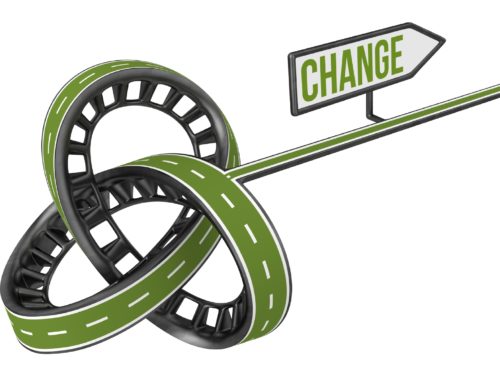A strong, vibrant culture is the accelerator that gives your company a sustainable competitive advantage. It can also be an anchor that holds you back and sabotages your success. So which is it for you?
The answer won’t be found in the values hanging on your wall. The words you use are not dramatically different than those used by the competitor that is outperforming you. Being a great place to work isn’t the answer either. You can be employee friendly and still produce marginal results.
A compelling culture that produces amazing results is grounded in a set of common beliefs that promote excellence in every area of performance and relationships. It is demonstrated in the habits your team displays as it goes about its daily routine. Here are five signs that your organization’s culture might not be where you need it to be to remain competitive.
- Promises are made, but not kept. Your organization is built on the reliance that people will do what they said they would do. Mistrust that can eventually deteriorate into chaos occurs when that assumption is no longer valid. Giving people clear responsibility doesn’t solve the core problem. Consistently broken promises signal that integrity and accountability are absent. If that is the situation in your organization, it is time for leaders to revisit expectations and take action to turn things around.
- Colleagues are routinely thrown under the bus. Blaming others for failed results is another indicator of mistrust. In this case, people are protecting their own immediate interests even though doing so creates long-term problems for them and the entire organization. Trust is the foundation for teamwork and collaboration. If this is absent in your organization, it is time to address the root causes and renew your focus on creating high-functioning teams.
- Managers feel the need to be involved in everything. The old adage of “results occur when you inspect what you expect” is still true, but it no longer applies. The best organizations demonstrate a commitment to excellence that doesn’t require someone babysitting team performance on a daily basis. There is a fine line between providing support and micromanaging. If you are seeing this, it might be time to help your managers improve their leadership and/or team building competencies.
- Employees don’t like your customers. Occasional frustration is normal. Every company has its share of difficult customers. What’s not normal or healthy is on-going contempt for the people who make it possible for you to stay in business. It can appear as open hostility or passive aggressive breakroom jokes. Either way, it demonstrates disrespect that will eventually show up in product or service quality. If this is your organization, it is time to reset expectations and create accountability for performance.
- Good people are leaving to take similar jobs. The top talent you need to flourish in the future has choices about where they want to work. Star performers want to be in a place where excellence is recognized; opportunities are plentiful; expectations are high; and everyone can be counted on to help the team win. If your top people are leaving for seemingly similar jobs, it is time to look at the culture you have created.
Your customers are probably not thinking about your culture when they choose to do business with you. They are, however, acutely aware when problems in your culture affect their experience.
If you want their continued loyalty, start by creating a compelling culture that combines excellence in the work with being an excellent place to work. Isn’t it time that you took action to stop sabotaging your success?
Randy Pennington is an award-winning author, speaker, and leading authority on helping organizations achieve positive results in a world of accelerating change. To bring Randy to your organization or event, visit www.penningtongroup.com , email info@penningtongroup.com, or call 972.980.9857.





